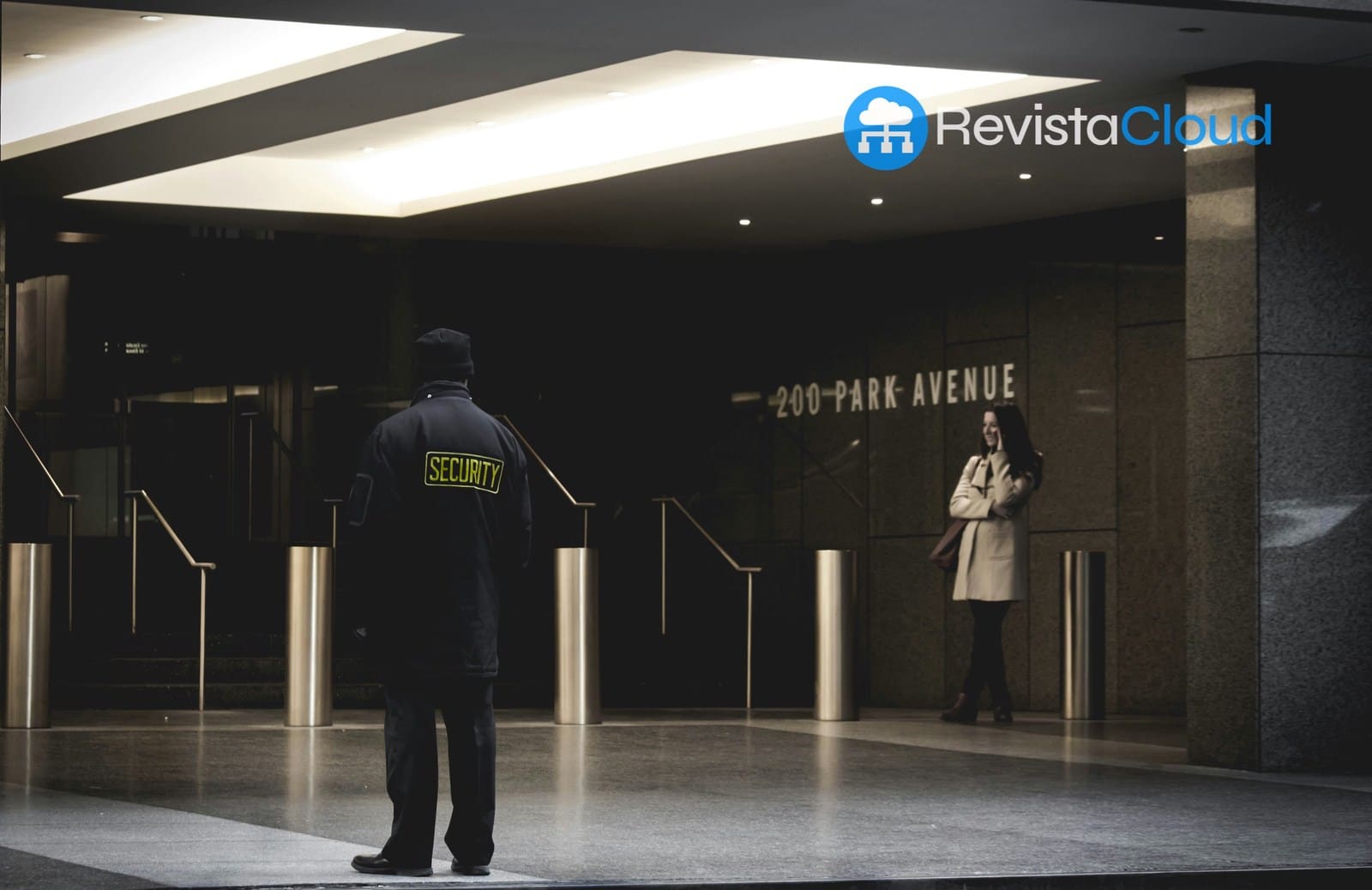Sure! Here’s the translation into American English:
The introduction of artificial intelligence (AI) into data centers is bringing about a profound change in technological infrastructure. This technology, which requires much greater processing power than traditional applications, is driving a transformation in both the design and management of data centersA data center or data processing center …, introducing innovations that seek a more sustainable, powerful, and efficient infrastructure.
AI entails an intensive computational load, which has led to the incorporation of GPUs (graphics processing units), TPUs (tensor processing units), and other specialized architectures in data centers. Additionally, virtualization and containers allow for greater scalability in AI environments, adapting to the demands of processing and storage. However, the impact of AI goes beyond this, also driving the adoption of edge computing, which allows data to be processed close to where it is generated, but also challenges traditional structures.
IT Infrastructure: Are We Ready for AI?
AI has moved beyond being an experimental technology, and more applications are entering production phase, from customer service tools to health monitoring. However, traditional data centers are not designed to support the high load densities that AI demands. Whereas the consumption per rack used to range from 2 to 5 kW, with AI these figures can reach up to 30 or 40 kW. This increase requires a reevaluation of infrastructure and cooling systems.
At a meeting organized by Data Center Market and Schneider Electric, companies like ING, Sanitas, and Nationale Nederlanden analyzed the need to implement hybrid cooling solutions, which combine air and water, to handle the intensive load of AI models. Manuel Pérez-Tabernero from Schneider Electric stated, “With AI and new workloads, air cooling technologies are no longer sufficient. We will need to move to hybrid solutions.”
The Cloud, AI, and the Return to On-Premise
The adoption of the cloud continues to be a rising trend, especially in the case of hybrid infrastructures that allow companies to maintain closer control over their core assets. However, the cloud also presents challenges in terms of costs and long-term dependency, which has driven some companies to consider repatriating their critical assets.
The debate between cloud and on-premise intensifies with AI. While the cloud provides more performance and scalability for AI services, companies are facing uncertainty regarding future costs, especially during peaks of activity. Although the cloud is seen as the safest option for complex AI applications, migration requires a deep organizational transformation process.
CybersecurityCybersecurity solutions are essential in the digital era… and Latency: The Additional Challenges of AI
The implementation of AI in data centers also raises concerns in terms of cybersecurity and latency. The need to protect systems from attacks and ensure service availability prioritizes advanced security solutions. Furthermore, in applications where speed is critical, latency becomes a determining factor for user experience.
Latency also drives edge computing, which allows data to be processed closer to where it is generated, reducing response times in critical applications. This aspect is especially relevant in services that require immediate response times, such as AI systems in customer service.
The Challenge of Sustainability: AI and the Energy Vicious Cycle
Sustainability is another major challenge brought by AI. Although this technology is a significant energy consumer, it also has the potential to optimize data centers to operate more efficiently and reduce their environmental impact. According to Víctor Gago from Schneider Electric, “AI entails higher energy consumption, but at the same time, it becomes a tool that allows us to optimize the efficiency and sustainability of data centers.”
Spain, with its significant renewable energy generation capacity, could become the epicenter of sustainable data centers, leveraging its surplus electricity production. However, the country faces the challenge of improving its electrification infrastructure to move towards more efficient and sustainable consumption.
Conclusion
Artificial intelligence represents both a challenge and an opportunity for IT infrastructure. The need for architecture that supports its load and sustainability demands rethinking the design of data centers, adopting hybrid cooling solutions, migrating to hybrid cloud models and edge computing, and improving standards for security and sustainability. In this context, Spain could play a key role in developing sustainable infrastructures for AI, leveraging its renewable generation capacity to lead the way towards technology that, while demanding, has the potential to improve the overall efficiency of data systems.
via: DataCenterMarket

